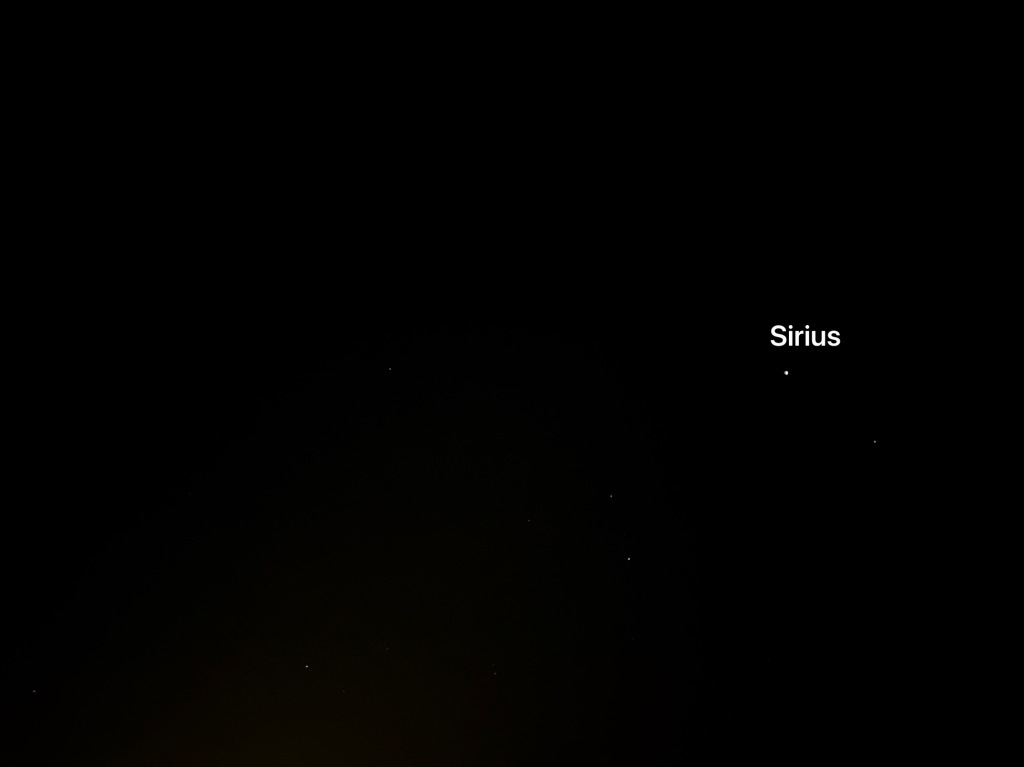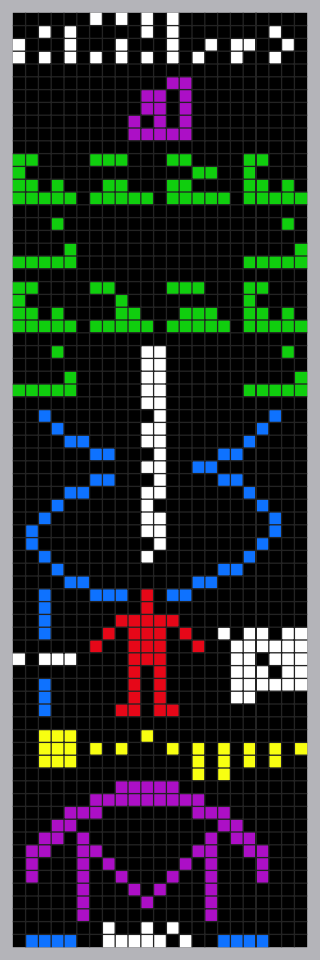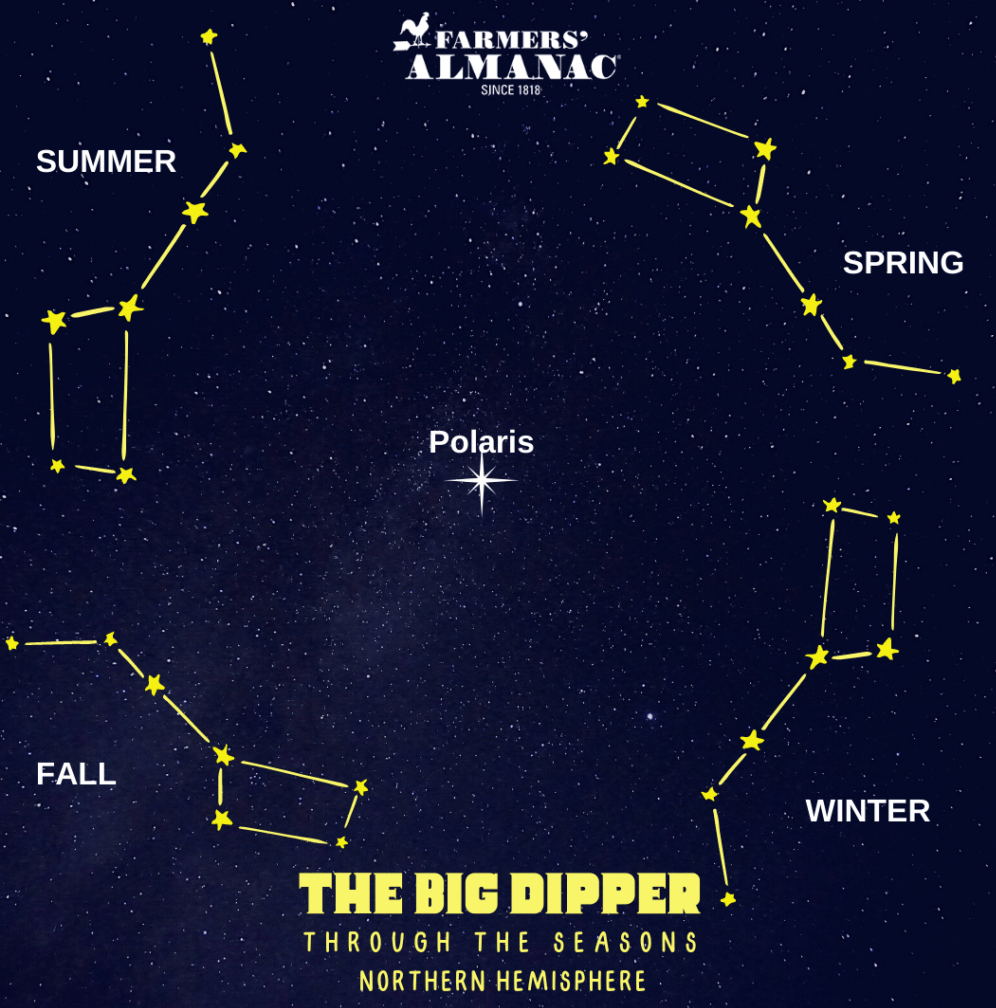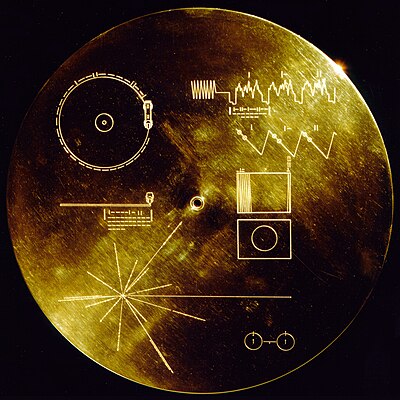As the course ASTR 2110 – Solar System calls to the end, I would like to write something about myself.
I applied to Vanderbilt University in biomedical engineering, which was a very different subject from physics & astronomy. I started to be enthusiastic about physics and astronomy in childhood when staring into the infinite space and observing starry nights. I studied in a British high school that mainly focused on biochemistry. All the resource, including research opportunities and competitions, was about biology. Affected by the environment, my activities & awards were mainly related to this field, and I did not have the courage to study physics in the future with a lack of foundations.
However, it all changed when attending Vanderbilt University. I found that biomedical engineering was actually not the right thing for me, and due to the flexibility of changing major here, I considered taking physics. But I started to doubt myself again — “I am not taking any physics in my first semester. I did not participate in any research or experience in high school. I just love the romance of the universe, what if I do not have the enthusiasm after studying that? What if physics is not right for me, I am just curious about that… Will my love of physics & astronomy only last for 3 minutes?” I hesitated. But fortunately, my boyfriend supported me. He was so supportive that persuaded me to try anything I want to do and told me not to think so much, just follow my heart. He firmed my idea and supported me to pursue my dream. With his kind encouragement, I took 2 physics courses & 3 astronomy courses this semester.

I took the introductory course designed for physics major students. The course focused more on topics outside the textbook and allowed me to discover my interest in the physics world. Meanwhile, I challenged myself by taking ASTR3890 — Data Science in Large Astron. This course opened a new area — Astroinformatics — to me, and I learned about different statistical methods & coding to deal with data from the universe. And this course — solar system! helped me equip basic knowledge about astronomy. I did not take ASTR1010, but I found that ASTR2110 provided me with solid foundations in astronomy. The course covered a wide range of topics from astrophysics to astrobiology. My favorite part of the course is the observation. I went to observe via a telescope first time in my life — the star is so spectacular!! My boyfriend and I went together, and we stayed for nearly two hours in the garage. We still stayed after all people left, and Dr. G talked to us about different stars visible in the night. I took lots of pictures and learned about the names of stars. That day was our half-year anniversary, and I thought I had the best celebration with ASTR2110!!



We went to California during spring break. He took me to see my dream school — California Institution of Technology!! We visited the astronomy building there. After appreciating my dream school, I acquired enormous motivation to work harder in physics & astronomy. I want to go to Caltech one day in the future either to study or work in JPL (Jet Propulsion Laboratory) there!

This semester, I start to participate in research. Talking with different professors, I found my interest in astrophysics. I am currently working with Prof. Holley-Bockelmann and Olivia Greene on E+A galaxy. Next semester, I registered for the research for credit with Dr. Taylor about pulsars. I found my interest in neutron stars, so I am reading about another type of neutron star — magnetar for my final project of PHYS1912. When looking through papers about astrophysics, I will never get tired. Rather, I feel cured and extremely satisfied after learning new knowledge about astronomy and physics. I guess this is what true love is!!
Although ASTR2110 and this semester are going to end, my journey toward physics will never end. I owe my boyfriend infinite and deep gratitude — without him, I will not be so adamant and courageous, and I may not find my way to physics & astronomy. I would appreciate Dr. G, my classmates, and everyone who helped me during this course on my journey!










